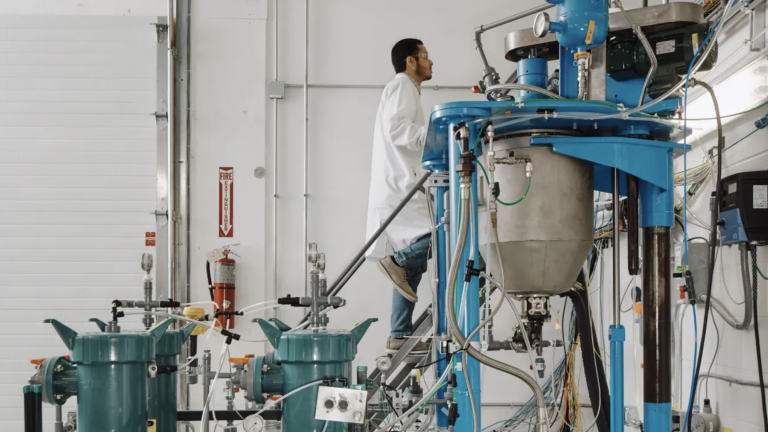
Photo Credit
Sublime Systems
Sublime Systems is reinventing how we make cement—a material that’s a real climate nightmare, accounting for roughly 8% of global greenhouse-gas emissions.
When cement is mixed with water, sand, and gravel, it hardens into concrete—the second-most-used substance on the planet (after water).
In the conventional cement-making process, emissions mostly come from two sources. First, ground-up materials such as limestone and clay are heated in kilns to over 1,400 °C (2,500 °F) to prime the mixture. Reaching those temperatures typically requires burning coal or other fossil fuels, which produces carbon dioxide and other greenhouse gasses.





